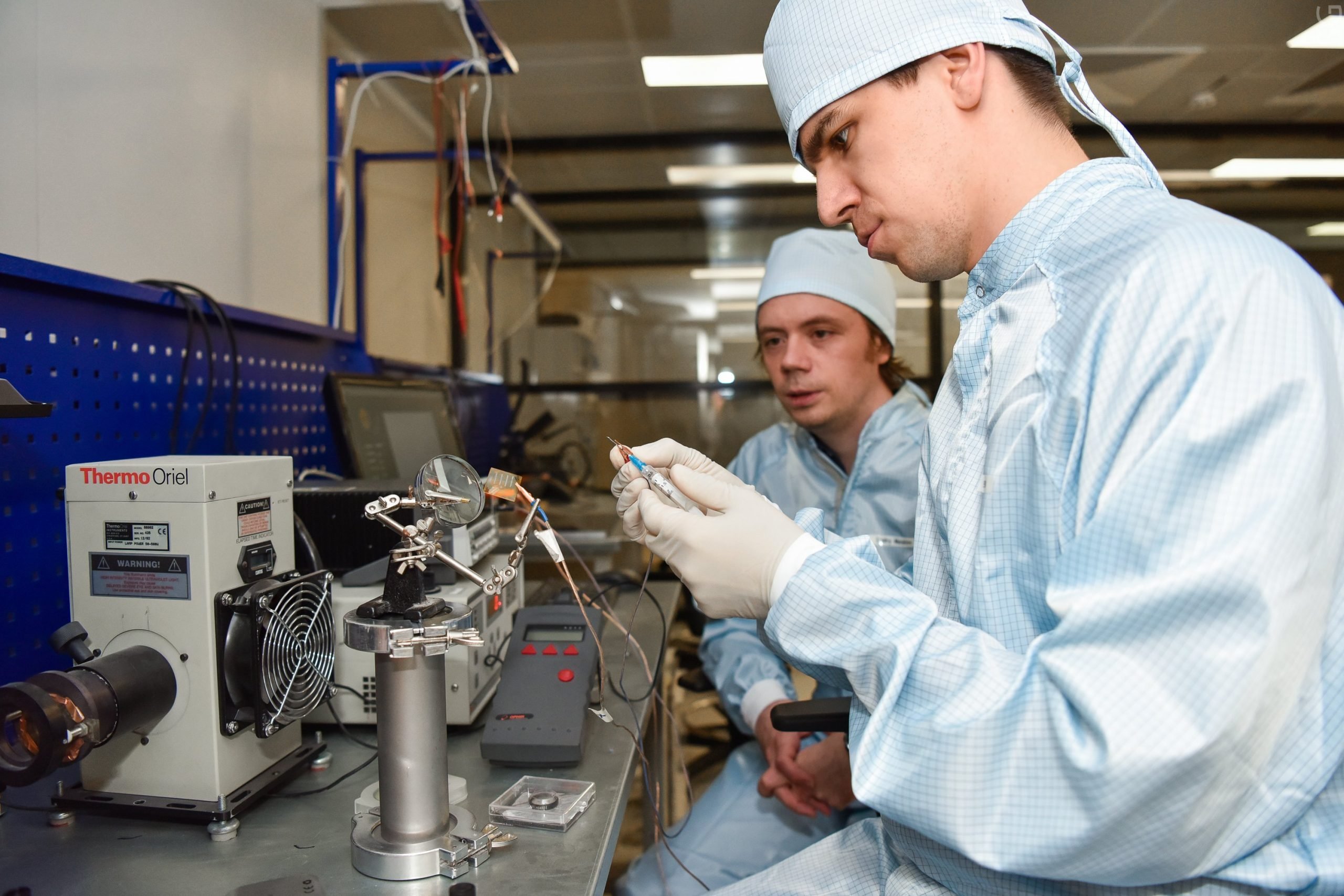
Perovskite-coated solar cells are a promising new technology currently under development throughout the world. One of the advantages is the cost-effective manufacturing process: Perovskite solar cells may be produced without vacuum or high temperature processes that are required for conventional silicon cells. Flexible carrier materials such as polyethylene terephthalate (PET) can be used. This means that perovskite photovoltaics (PV) may be used, for example, on curved glass surfaces. MiaSolé Hi-Tech Corp and Solliance Solar Research have developed extremely efficient and flexible cells based on this technology.

Scientists at the National University of Science and Technology in Moscow along with the University of Tor Vergata in Rome, have now discovered that a microscopic amount of two-dimensional titanium carbide, known as MXene, significantly improves the capture of electrical charges in a perovskite solar cell. In the current experiments, MXene led to a 20 percent increase in efficiency. “We have discovered that MXenes can be used to fine tune the intersecting surface properties of perovskite due to their unique two-dimensional nature, which allows a new optimization strategy for this 3rd generation solar cell,” says Professor Aldo Di Carlo of Tor Vergata.

According to the research team, the efficiency of perovskite solar cells is already comparable to similar silicon models that dominate the market. The highest degree of efficiency to date for perovskite has been 25.2 % and for silicon cells it was 26.7 %. Nevertheless, perovskite solar cells are still unstable due to several internal disintegration factors. A number of research groups from universities and R&D companies are currently looking for solutions to these instability problems and also for ways to increase their efficiency.
MXenes are ceramics that comprise one of the largest families of two-dimensional (2D) materials. Unlike most 2D ceramics, MXenes are inherently conductive.
